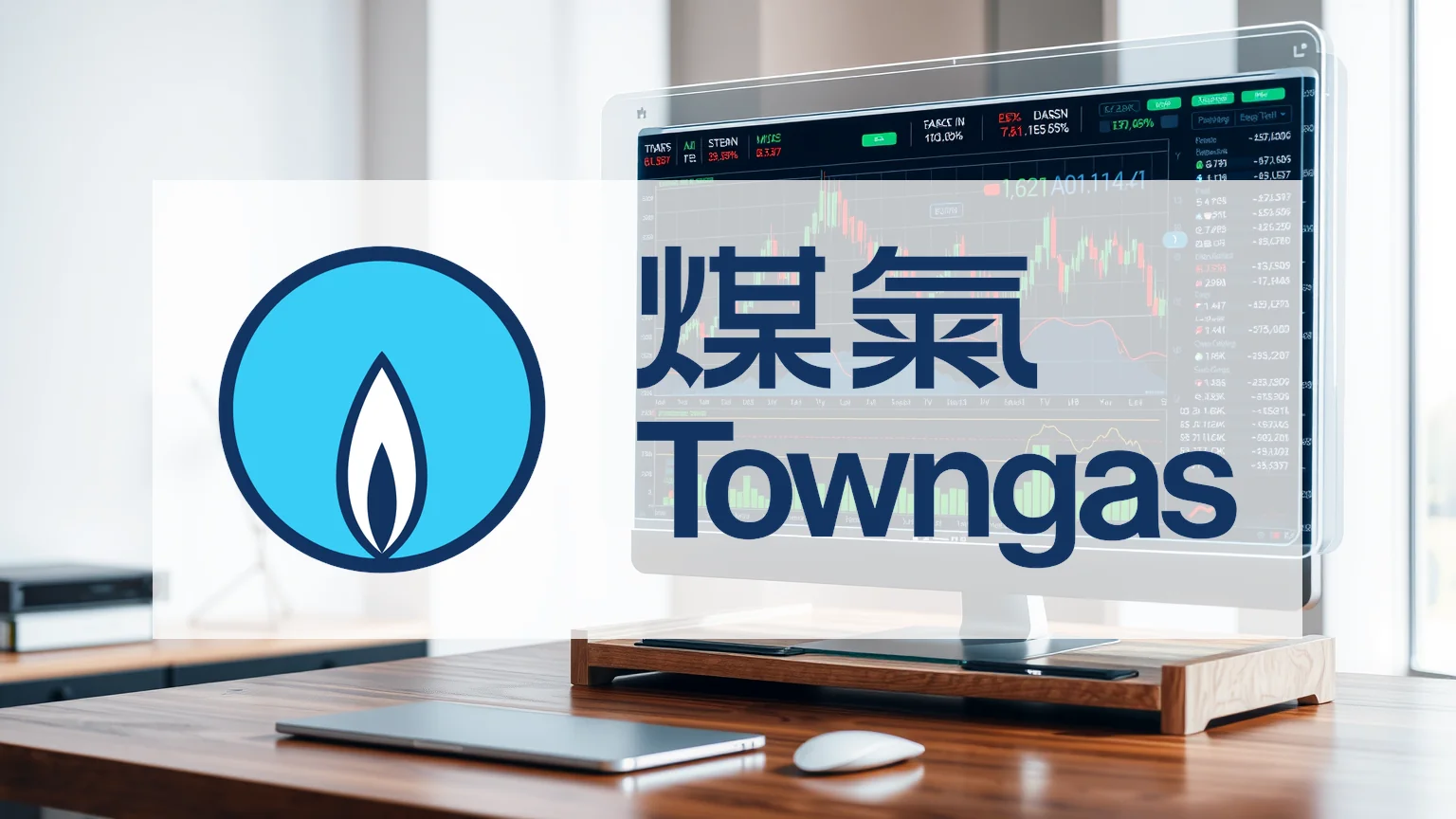A potential $85 billion consolidation between Union Pacific and Norfolk Southern has received unexpected presidential endorsement, though significant regulatory challenges remain. Former President Donald Trump indicated support for the deal, calling it “sounding good” in a move that analysts suggest could influence the lengthy approval process facing the historic merger.
Creating a Coast-to-Coast Rail Giant
The proposed combination would mark an unprecedented development in North American rail transport, creating a single, integrated network spanning approximately 50,000 miles from coast to coast. Union Pacific CEO Jim Vena has championed the transaction, emphasizing “significantly greater benefits” compared to standard cooperation agreements between carriers. The primary objectives include achieving operational efficiencies through standardized processes and recapturing market share currently held by trucking companies.
Despite high-level political support, the path to regulatory approval appears arduous. The Surface Transportation Board (STB) is anticipated to subject the merger proposal to an extensive 18-month review process. Historical precedent shows that major railroad consolidations have frequently encountered regulatory obstacles due to concerns about reduced competition. Critics of the current proposal warn of potential monopolistic structures, increased shipping costs, and diminished service quality.
Market Position and Financial Performance
Union Pacific enters this potential merger from a position of financial strength. The company recently demonstrated robust capital management through $2.7 billion in stock repurchases and a dividend increase. Second-quarter 2025 results exceeded expectations, with adjusted earnings per share reaching $3.03 on revenue of $6.15 billion.
Should investors sell immediately? Or is it worth buying Union Pacific?
Despite these strong fundamentals, Union Pacific’s stock has declined approximately 16% year-to-date, suggesting investor apprehension regarding regulatory hurdles. Analyst sentiment remains cautiously optimistic, with Loop Capital recently upgrading the company’s shares from “Sell” to “Hold.”
Competitive Landscape and Alternative Approaches
Opposition to the merger is already materializing. Competitors including BNSF and CSX have responded by expanding their intermodal partnerships, demonstrating that coast-to-coast services can be achieved without full consolidation. Ironically, Union Pacific and Norfolk Southern themselves recently announced new collaborative intermodal services, providing critics with evidence that cooperation might achieve similar benefits without the regulatory complications of a complete merger.
The formal merger submission is expected after October 29, 2025, initiating what promises to be a complex battle over the future structure of American freight rail transportation. With Union Pacific at the center of these strategic maneuvers, the coming months will prove critical in determining whether this transformative deal can overcome both regulatory scrutiny and market skepticism.
Ad
Union Pacific Stock: Buy or Sell?! New Union Pacific Analysis from December 22 delivers the answer:
The latest Union Pacific figures speak for themselves: Urgent action needed for Union Pacific investors. Is it worth buying or should you sell? Find out what to do now in the current free analysis from December 22.
Union Pacific: Buy or sell? Read more here...











